Planting Technology Lists
-
How to raise potted peonies

How to raise potted peonies? China's flower market not only meets the needs of greening and beautifying the environment, but also with the improvement of our people's living standards, potted flowers will flood families with an irresistible trend to meet the needs of people to beautify the living environment. The peony is rich and auspicious because of its large and beautiful flowers.
2019-03-06 -
How to prepare cultivation soil for Family Flower Culture

Indoor and greenhouse flowers are mostly planted in pots. Due to the limited volume of flowerpots and the long growing period of plants, on the one hand, the cultivated soil is required to have sufficient nutrients, on the other hand, it requires the cultivated soil to have a good structure, proper coordination of large and small pores, and certain functions of water and fertilizer conservation. And good ventilation. therefore
2019-03-06 -
How to disinfect the soil of flower culture?
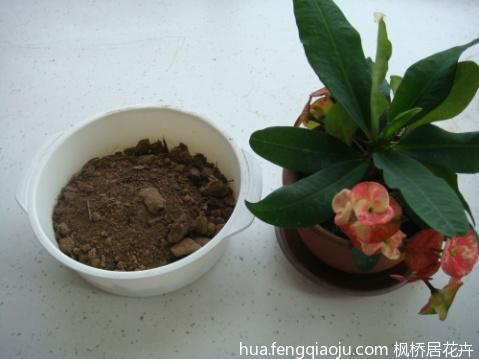
The common disinfection methods of household soil are cooking disinfection, formalin disinfection and carbon disulfide disinfection and so on. ① cooking disinfection method is to prepare the cultivation soil, put it in a proper container, and cook it in a pot with water. This method is limited to small-scale cultivation with a small amount of soil.
2019-03-06 -
How to adjust the acidity and alkalinity of flower culture soil?
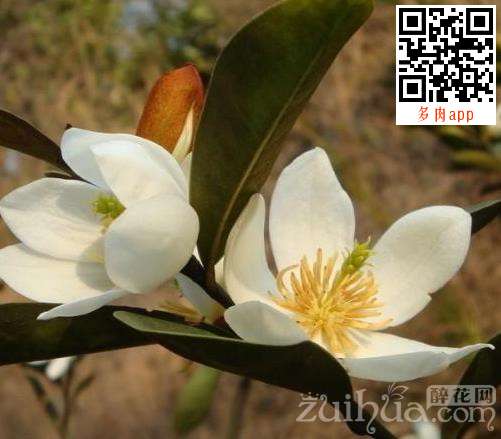
The pH of the soil planted with flowers has a great influence on the growth of flowers. Improper pH will seriously hinder the growth and development of flowers, affect the absorption of nutrients, cause the occurrence of some diseases and so on. Most flowers grow well in neutral and acidic (pH5.5~7.0) soil.
2019-03-06 -
Propagation method of primrose

Cutting propagation of primrose in early spring, cut the annual sturdy branches, or cut the semi-lignified branches of the same year from July to August as cuttings with a length of 8 cm, remove the leaves at 3 parts of the base, bundle them into a bundle of 20 branches, and soak them with rooting stimulants.
2019-03-06 -
The method of water rosemary
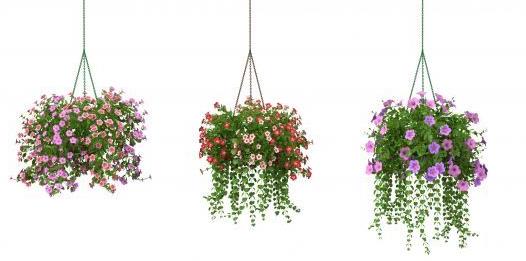
Rosemary is a perennial grass plant, native to the Mediterranean, alias for the dew of the sea, a symbol of eternal love. Rosemary has a narrow, tapering mouth, like a mini pine, a slightly pine-like smell, and pale, dipping flowers in spring and summer, often grown as a flower by gardeners.
2019-03-06 -
How to grow rosemary
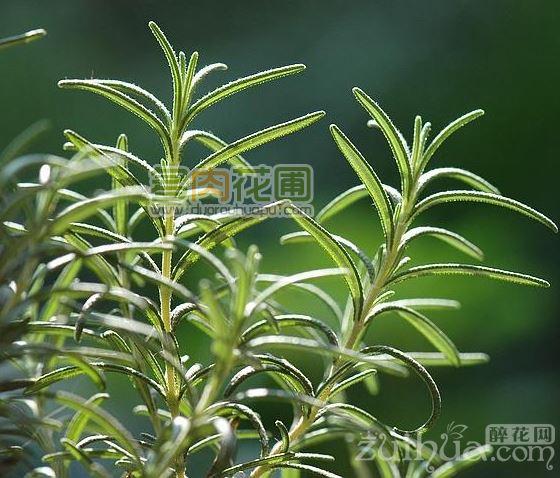
How to grow rosemary how to grow rosemary in the courtyard, rosemary can be used for tender wood cutting during the Meiyu period. If it is planted for the first time, it can be propagated by sowing. Sowing and raising seedlings: the amount of seedlings needed for family courtyard cultivation is small, so small seedling trays can be used to cultivate seedlings. Deep turning, border making and fertilization: before planting
2019-03-06 -
How to raise rosemary?
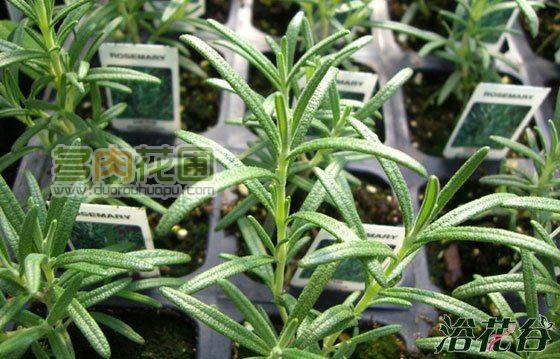
How to raise rosemary? Rosemary is an evergreen shrub native to Europe. With rich and clear aroma, it can be used as western food spice. Naturally growing shrubs can be more than 2 meters high. If balcony pots are used, the plant height can be controlled in the range of 30 to 40 centimeters because the roots are controlled. Well-developed root system
2019-03-06 -
Plum blossom bonsai modeling and pruning: old pile plum blossom bonsai branch pruning, freshly trimmed red plum bonsai picture

Plum blossom bonsai pruning. After several years of shaping and blooming, plum blossom bonsai is pruned reasonably every year in early spring after 80% of the flowers lose their ornamental effect and before sprouting, so as to promote the flowering of new branches and maintain and develop the original situation of plum bonsai. The better its charm
2019-03-06 -
Maintenance of Plum Blossom Bonsai
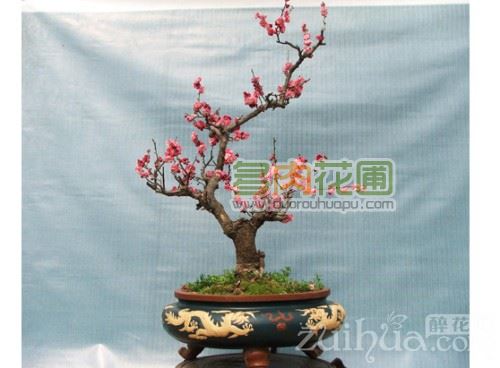
For the maintenance of plum blossom bonsai, people like plum blossoms, some draw plums, some plant plums, and enjoy more plums. As one of the top ten famous flowers, the plum blossom has a long history of making bonsai. It is the representative tree species of Hui style bonsai. It is often shaped by climbing and has high ornamental value.
2019-03-06
